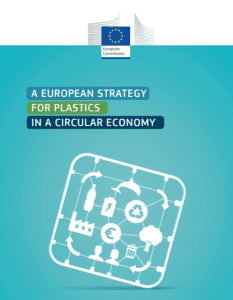EU Strategy on Plastic Waste – Paving the Way towards a Circular Economy
Worldwide 85% of beach litter is plastics and health impacts for citizens range from breathing in toxic particles to swallowing microplastics with their food and drinks.
On January 16th the European Commission adopted the first Europe-wide strategy on plastics which is part of the transition towards a more circular economy. The aim is to protect the earth, people and economies likewise. Meanwhile, a public consultation is going on until 12 February 2018 on reducing marine litter, particularly from single-use plastics and fishing gear.
Plastics are an omnipresent part of our modern lives – even if sometimes as tiny and invisible as microplastics. We use them to wrap our foods, conserve our drinks, carry blood donations, produce skin-care and store materials.
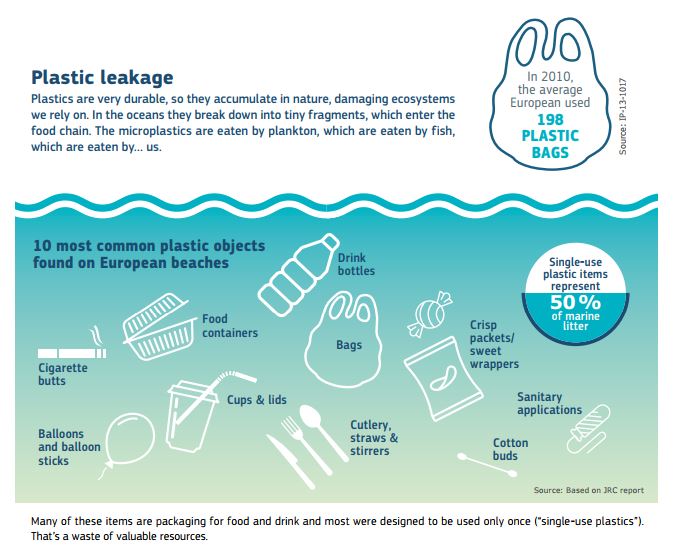
Plastics, in their various forms, are proven to harm our environment and health, nonetheless, alternatives to using them at a large scale seem to be a long road ahead – with recycling not being considered a silver bullet either. A brief look at statistics clearly shows that transition to real alternative solutions and a more circular use of the material existing is inevitably needed:
Currently, around 25.8 million tonnes of plastic waste are generated in Europe every year – which equals the weight of 3 million grown-up elephants! – while reuse and recycling rates are considerably low (less than 30%).
At EU policy-level there is increasing awareness and acknowledgment of scientific evidence that the excessive use of plastics, which grew a commodity in economy and in our private lives, has significant harmful impacts on the environment and animal as well as on human health.
While health and environmental dimensions are the more obvious ones brought up in the discussions they are not the only ones to be concerned about. The economic sector has a big stake in the debate as well, given the fact that only 5% of the value of plastic packaging material retains in the economy, while the rest is lost after a very short first-use. The annual bill accounts for between 70 and 105 billion Euros. Furthermore, the plastics industry gives direct employment to around 1.5 million people across Europe.
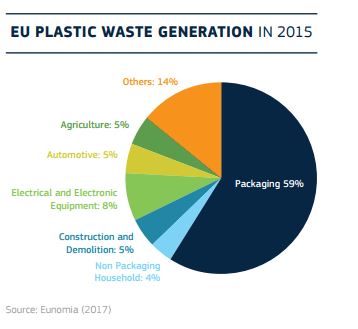
Taking those concerns of international scale in account and having established a single market for goods in the European Union, the issue of plastic waste and pollution is a shared problem that needs a coordinated common action.
How the EU tackles it: Laying foundations to a new plastics economy
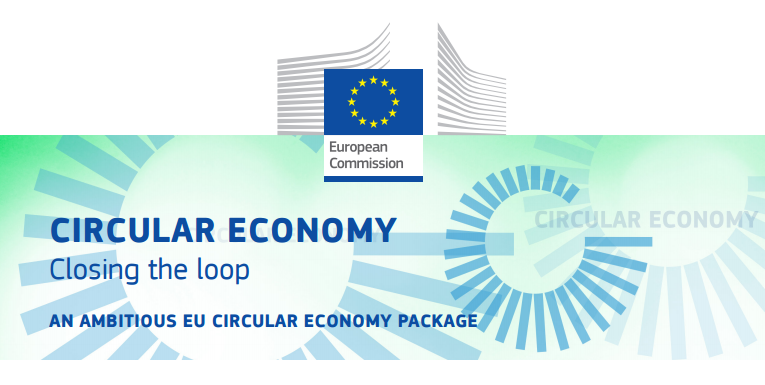
In December 2015, the Commission adopted an EU Action Plan for a circular economy. There, it identified plastics as a key priority and committed itself to ‘prepare a strategy addressing the challenges posed by plastics throughout the value chain and taking into account their entire lifecycle’. In 2017, the Commission then confirmed it would focus on plastics production and use and work towards the goal of ensuring that all plastic packaging is recyclable by 2030.
Consequently, on January 16th the European Commission adopted the first Europe-wide strategy on plastics which is part of the transition towards a more circular economy. The aim is to protect the earth, people and economies likewise. Under the new strategy, the European Union will make recycling profitable for business, curb plastic waste, stop littering at sea, drive investment and innovation and spur change across the world.
The ambitious objective is to protect the environment from plastic pollution whilst fostering growth and innovation.
Realising the strategic objectives will require to get on board and empowering the private sector (plastic producing and applying businesses) while at the same time mobilising national and regional authorities, cities and educating civil society about their everyday power in reducing plastic waste and refusing microplastic consumption in foods, fibres and cosmetics.
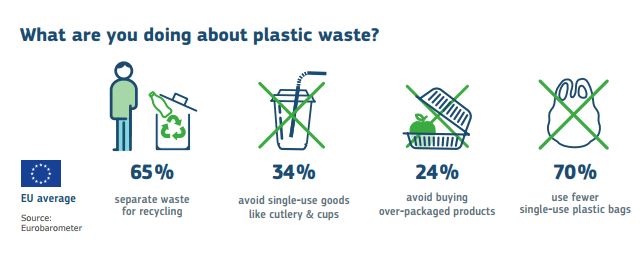
First Vice-President Frans Timmermans, responsible for sustainable development, said: ” This is a challenge that citizens, industry and governments must tackle together. With the EU Plastics Strategy, we are also driving a new and more circular business model. We need to invest in innovative new technologies that keep our citizens and our environment safe whilst keeping our industry competitive.”
EU Plastics Strategy – Key Points in a Nutshell:
The Commission has adopted a Monitoring Framework, composed of a set of ten key indicators which will measure progress towards the transition to a circular economy at EU and national level.
Under the new Plastics Strategy, the European Union aims to:
- Make recycling profitable for business
- Curb plastic waste
- Stop littering at sea
- Drive investment and innovation
- Spur change across the world
Through:
- the design and production of plastics and plastic products which fully respect reuse, repair and recycling needs.
- developing more sustainable materials and their promotion.
- curbing plastic pollution and its adverse impact on our lives and the environment.
- Helping to achieve the priority set by this Commission for an Energy Union with a modern, low-carbon, resource and energy-efficient economy.
- Providing a tangible contribution to reaching the 2030 Sustainable Development Goals and the Paris Agreement.
Public consultation: Your Stake in the Process
Public Consultation: Provide your opinion as input for the preparation of follow-up to the Plastics Strategy in relation to reducing marine litter, particularly from single-use plastics and fishing gear. Everyone is asked to raise their voice: The general public, business associations, companies, researchers and experts, NGOs, international organisations and institutions, fishermen and fisheries organisations.
It’s convenient – you can fill in the online form which is available in all 23 EU languages. Take your chance until 12 February 2018 to contribute to the ongoing public consultation.
Next Steps:
The European Commission will then present their proposal on single-use plastics later in 2018. (Subject to Better Regulation requirements)
For the full list of measures and their timeline, see the Annex to the Plastics Strategy.
Find here brief Factsheets on the EU Strategy on Plastics.
